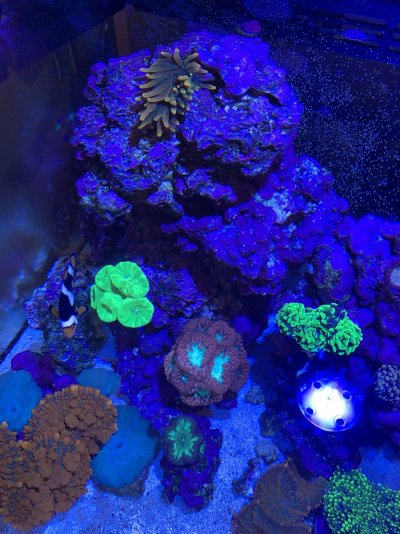I have a 32 gallon bio cube that I have been running for about 16 months. I am upgrading to a Red Sea 425 G2. I am having a difficult time finding the answer to some questions.
I plan on cycling some real live rock in a bucket so when I get my tank set up I can add it already cycled to my original rock and livestock and add it to my new aquarium. Any issues with this?
The plan was to add new live sand underneath. Someone on another thread said that if you do this the tank will cycle again. Is this true? Should I put the sand and cycled rock into the aquarium and do a mini cycle before adding my 32 gallon coral and fish? Or should I add another type of sand?
Any info and suggestions on how to do this safely are welcomed. Even things I have not thought about yet.
Thanks soooo much!! I have learned to much this year!

I plan on cycling some real live rock in a bucket so when I get my tank set up I can add it already cycled to my original rock and livestock and add it to my new aquarium. Any issues with this?
The plan was to add new live sand underneath. Someone on another thread said that if you do this the tank will cycle again. Is this true? Should I put the sand and cycled rock into the aquarium and do a mini cycle before adding my 32 gallon coral and fish? Or should I add another type of sand?
Any info and suggestions on how to do this safely are welcomed. Even things I have not thought about yet.
Thanks soooo much!! I have learned to much this year!
















